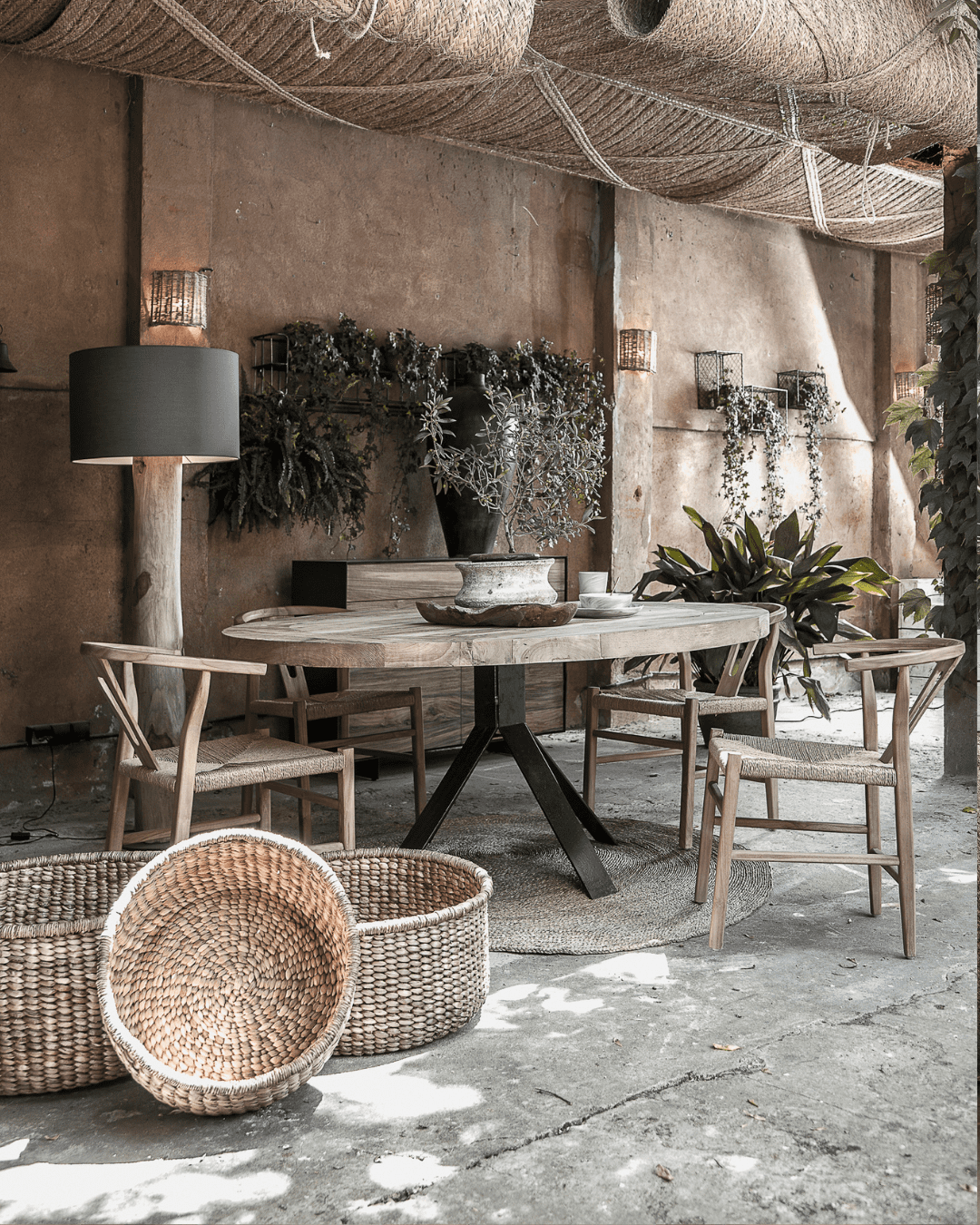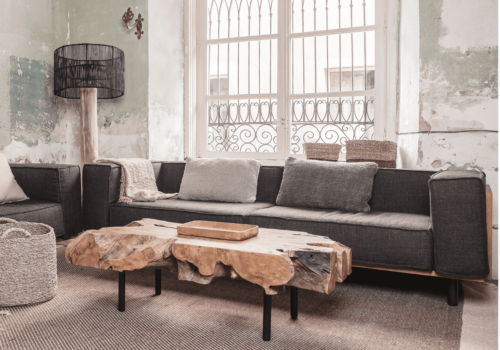Ecological architecture refers to the construction and design of buildings aimed at minimizing their own environmental impact. It seeks the integration of buildings in natural environments, either existing or created, in the optimization of resources and their conservation and reuse.
Ecological architecture on a social scale
As recalled by Liz Hadly and Tony Barnosky during their collaboration in the acclaimed documentary Demain by Cyril Dion and Mélanie Laurent, the more radical the change we as a society must make in our lifestyle, the more culture shock it will entail, leading to greater conflict and discomfort. They estimated that in order to make a responsible change as comfortable as possible (within the obvious effort), it would take about 20 years, starting now, in order to complete it in time.
This change mentioned must take place on many scales, energy, economic, consumption... and all of these are directly related to the way of interpreting spaces.
Within social ecological architecture, some interesting projects stand out, such as urban gardens, which can generate greater social activity, increase the sense of community through healthy activities, and awareness of a more sustainable and natural food. All of this has produced a romantic view of working life on the land, and has greatly increased its popularity, making it an ideal time to promote these spaces on both a small and large scale. Getting food to be grown closer to where it is consumed, saving the impact of transportation and more affordable costs by being a trade without intermediaries.
Within these gardens and urban farms, the lack of space can also mean the need to sharpen the ingenuity to optimize the resources provided by the plants themselves; placing the most aromatic herbs such as basil next to the fruit plants, many species of invasive insects and pests will be repelled without the need for pesticides or chemicals, for example.

The materials of ecological architecture:
Going into the subject on a smaller scale, the materials that make up housing must also begin to be rethought, as well as the amount of resources needed for construction as it is conceived today. The use of large machinery requires the consumption of fossil fuels, and materials often go through a proprietary manufacturing process that also generates more waste. This is why alternative materials for ecological architecture are beginning to take more prominence, as in the case of the Cal Earth project by Nader Khalili, a great Iranian-American architect who uses materials such as ceramics and superadobe for his particular constructions.
"Earth is the most ecological, abundant and durable material that exists and besides, it's everywhere! A billion people in the world are homeless or their houses are weak and collapsing, with my system that doesn't happen."
At this point it is easy to recognize that when we talk about green architecture we are also talking about generating social, accessible and sustainable housing.
Other materials to consider are those that come from recycling or recovery, such as the cases of constructions from shipping containers, according to Pillip Clark's original patent, or wood and other materials recovered and prepared again to be useful again in a new life.
Architecture and ecological design at home:
As mentioned throughout the article, when we talk about sustainability, we are talking about a whole lifestyle, about taking advantage of what already exists, using its life to the maximum, then repairing or recycling and reusing, trying to expand the classic 3Rs and turn them into a list of 7-point steps, among which self-sufficiency and the circular economy stand out.
But how can this philosophy be applied to everyday life at home?
The environment and the creation of environments are also involved in green design, the choice of furniture and decoration made of natural, vegetable and recycled materials is a vital point, but also the use of spaces and objects that fulfill multiple functions. Versatility and creativity are a big part of this ideal, besides turning any room into something more interesting and personal.
It is also possible to improve the quality of life and our relationship with the planet through large gestures, such as the use of solar panels, or smaller ones such as controlling electricity and water consumption.
The accessories made of vegetable fibers, or handcrafted pieces are also great allies, so that ecologism is not at odds with style and taste.







